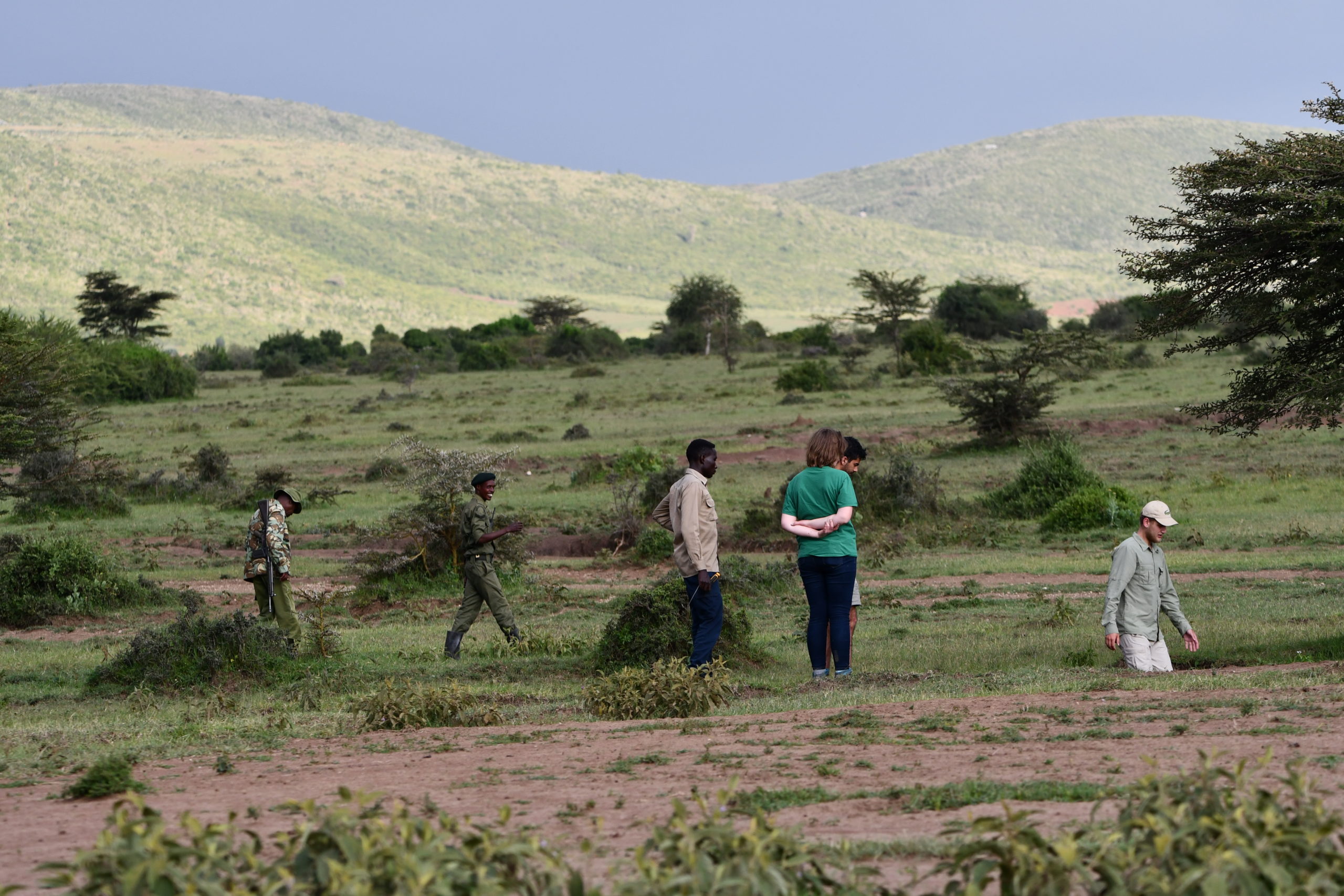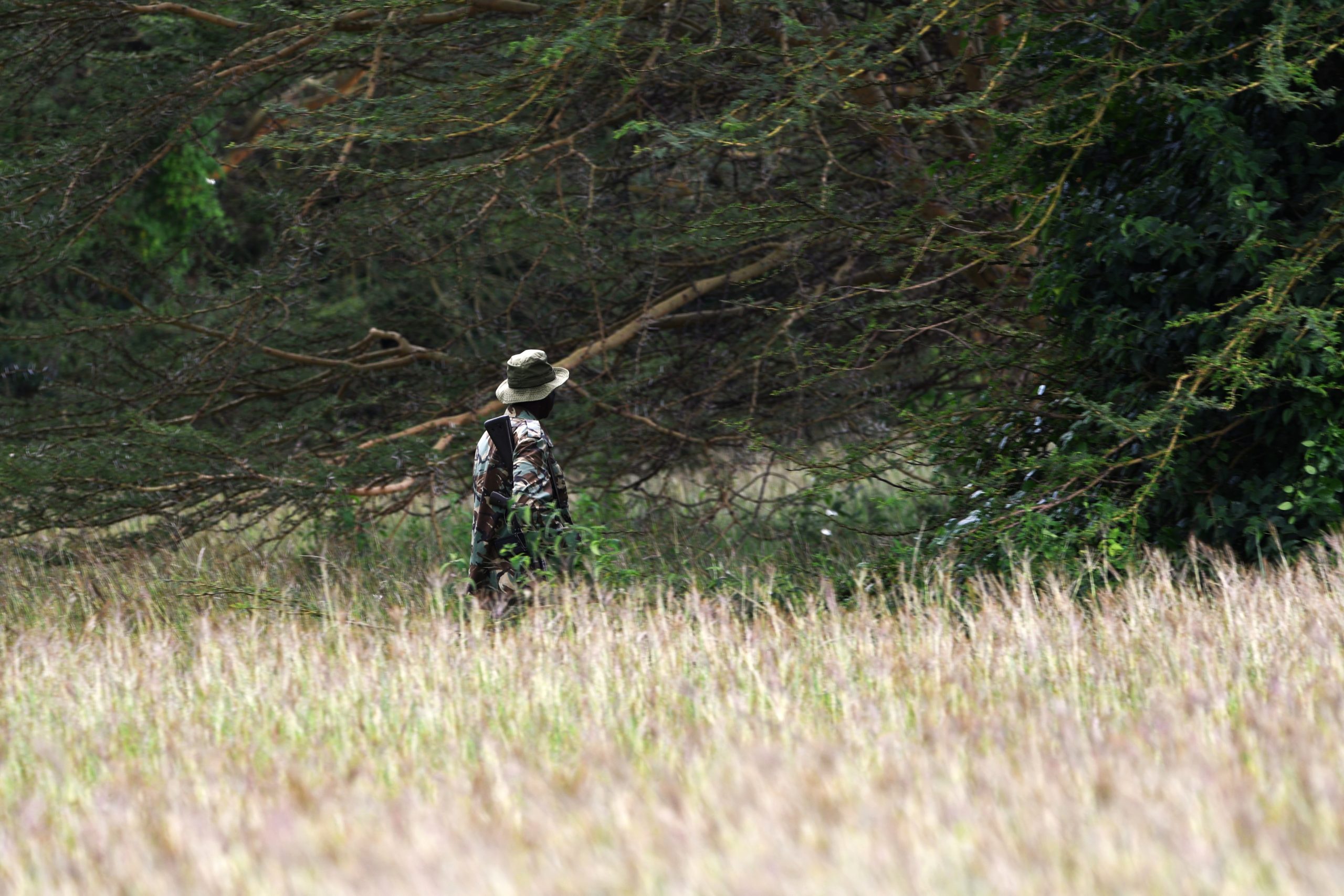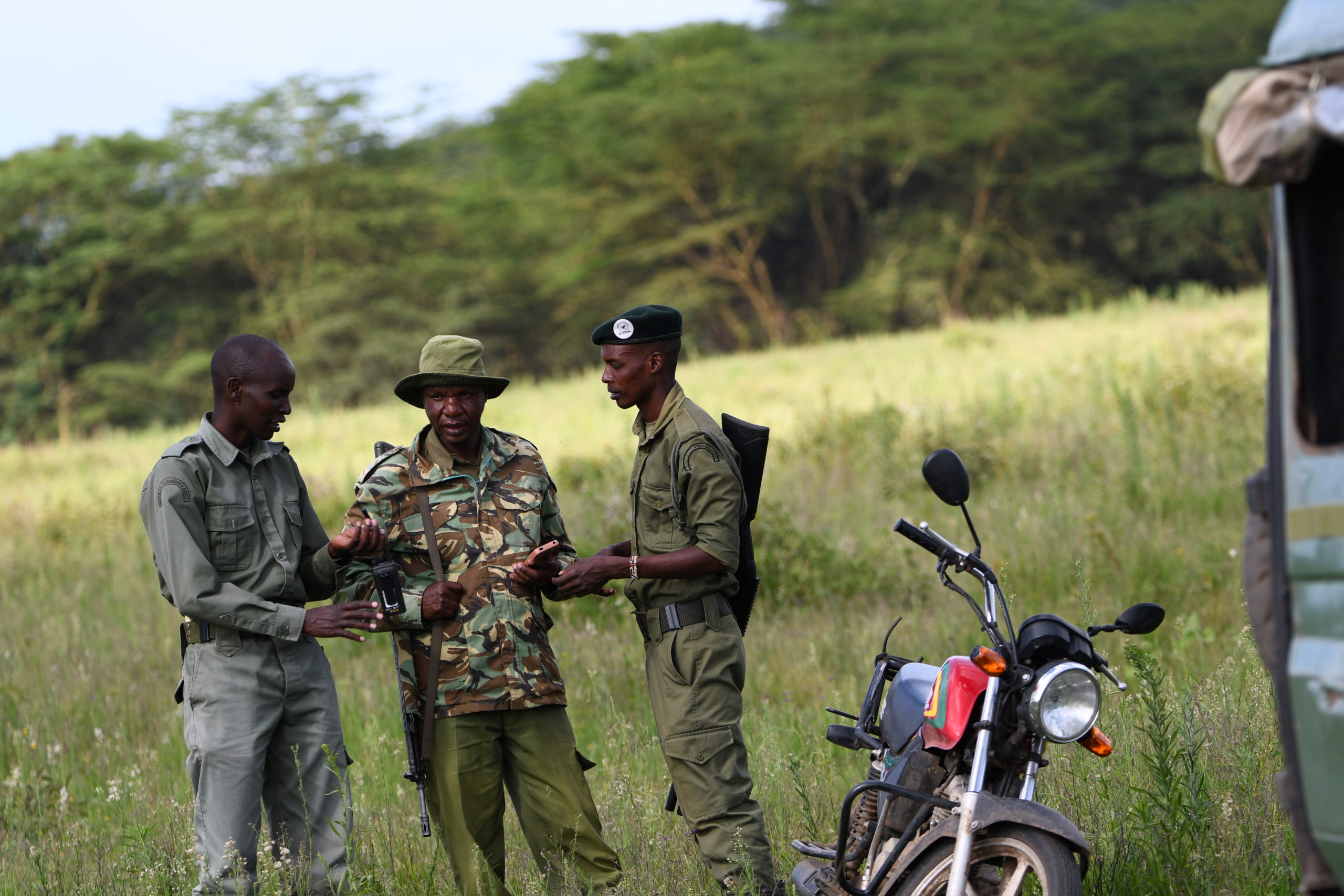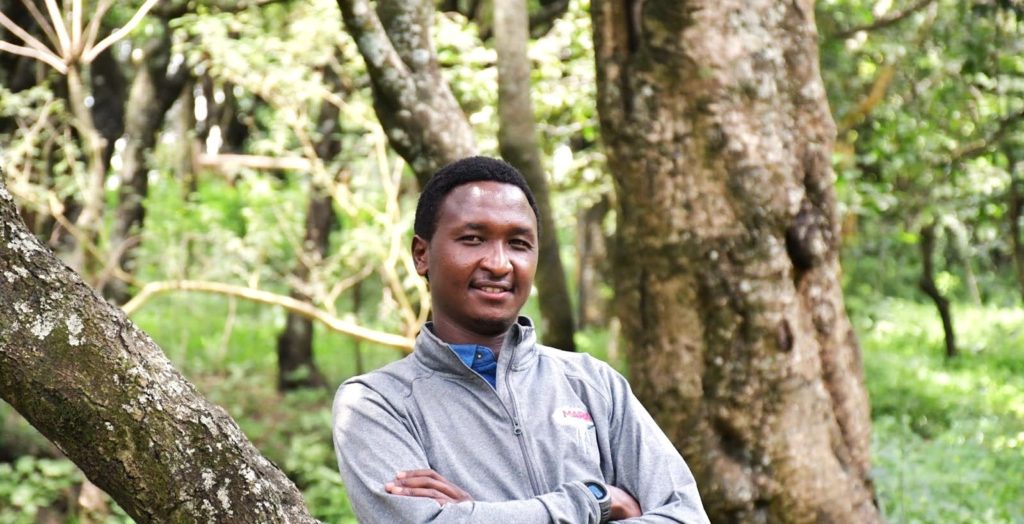Paul Herbertson catches up with Francis Muli, Conservancy Manager at the newly established Enarau Conservancy in the Maasai Mara, learning more about his role in conservation, how his team utilises technology to deliver on projects, and why it is the foundation of the conservancy’s approach to conservation.
Tell us a little bit about yourself and how you got into conservation and ended up at Enarau.
My passion for wildlife and environmental preservation has led me on a journey in conservation. And so I pursued my academic studies in Wildlife Management at the Kenya Wildlife Training Institute, which provided me with a strong foundation in conservation principles and practices.
After completing my education, I gained valuable experience with the Mara Elephant Project. In various roles such as a research assistant, data assistant, and administrator, I was exposed to the intricate aspects of wildlife research, data management, and administrative tasks crucial for effective conservation management.
My transition to Enarau Conservancy was a natural progression driven by my desire to contribute to conservation efforts on a larger scale. As the Conservancy Manager at Enarau, I oversee a variety of conservation initiatives aimed at protecting biodiversity and promoting sustainable development within our ecosystem.
Throughout my career, I have been dedicated to safeguarding our natural heritage for future generations. My work at Enarau allows me to utilise my skills and expertise to make meaningful contributions to conservation. This ensures that our wildlife and ecosystems thrive in harmony with local communities and sustainable development goals.

What does a working day in the life of Francis Muli look like?
As the Conservation Manager at Enarau Conservancy, my typical day revolves around overseeing various aspects of conservation efforts within the conservancy. This involves a blend of fieldwork, administrative tasks, and strategic planning.
In the field, I often collaborate with our team of rangers to monitor wildlife populations, track animal movements, and assess the overall health of the ecosystem. This may include conducting patrols, setting up camera traps, or participating in research projects aimed at understanding and mitigating human-wildlife conflicts.
Back at the office, I engage in data analysis, reporting, and coordination of conservation initiatives. This could entail analysing data collected from field surveys, preparing reports for stakeholders, and liaising with partner organizations to ensure effective collaboration and resource allocation.
Additionally, a significant portion of my time is dedicated to strategic planning and stakeholder engagement. This involves developing conservation strategies, seeking funding opportunities, and fostering partnerships with local communities, government agencies, and NGOs to support our conservation objectives.

In your experience, what is the role of technology in conservation?
Technology plays a pivotal role in modern conservation efforts, serving as a powerful tool to enhance efficiency, effectiveness, and sustainability in wildlife and habitat management. From data collection and analysis to monitoring and enforcement, technology has revolutionised the way conservationists approach their work.
In the context of Enarau Conservancy, we leverage cutting-edge technology to streamline our conservation practices and achieve our objectives more effectively. For example, drones are employed for aerial surveillance, allowing us to monitor wildlife populations, detect illegal activities, and assess habitat conditions with unprecedented accuracy and efficiency. This technology not only enhances our ability to detect and respond to threats but also minimises the need for intrusive ground patrols, reducing the risk to both wildlife and personnel.
Furthermore, tools such as EarthRanger provide real-time data visualisation and analysis capabilities, enabling our rangers and management to make informed decisions and respond swiftly to emerging conservation challenges. By centralising and integrating data from various sources, EarthRanger enhances situational awareness, facilitates collaboration, and optimises resource allocation.
Technology serves as a force multiplier in conservation, enabling us to achieve more with fewer resources while also advancing our understanding of ecological processes and improving our ability to conserve biodiversity for future generations. As technology continues to evolve, we remain committed to harnessing its potential to drive positive change and address the complex challenges facing our natural world.

I know you have researchers coming from around the world to set up research sites and studies. Could you tell us a little bit about how that works, how it is advertised, who comes, what they do, where they stay, and what happens to the research (that is, where is it published)?
Enarau Conservancy actively collaborates with various research and education institutions, both locally and internationally, to foster scientific inquiry and knowledge exchange within our ecosystem.
Through strategic partnerships, such as our collaboration with the Centre for Ecosystem Restoration Kenya, we welcome students and researchers from diverse backgrounds to conduct field studies and practical research projects within our conservancy. The process of inviting researchers typically involves reaching out to academic institutions and research organizations, both domestically and internationally. Interested parties are encouraged to submit research proposals outlining their objectives, methodologies, and expected outcomes. Our team then reviews these proposals to ensure they align with our conservation priorities and ethical standards.
While several researchers have conducted studies within Enarau Conservancy, none have submitted their findings for publication as of now. This is because many of these research projects are still ongoing, with data collection and analysis phases yet to be completed.

I know attracting tourist investment is one of the conservancy’s strategies for conservation and raising money. Can you say something about why this is a strategy, what you would like to see happen, and whether there might be any downsides to tourist businesses setting up on Enarau?
The integration of tourism within our conservation model is guided by principles of ecological sustainability, community empowerment, and cultural preservation. We aim to provide visitors with a unique and immersive experience that showcases the diverse biodiversity, breathtaking landscapes, and vibrant culture of Enarau Conservancy while minimising any negative impacts on the environment and local communities.
Our vision for tourism development at Enarau Conservancy is rooted in responsible stewardship and fair benefit-sharing. We strive for tourism revenues to directly contribute to conservation efforts, community livelihoods, and the long-term sustainability of our natural resources.
